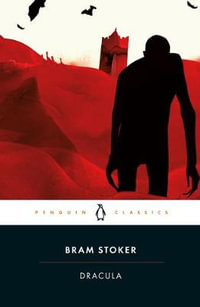

Dracula by Bram Stoker is a Gothic horror novel that follows the story of Count Dracula’s attempt to move from Transylvania to England to spread his undead curse. The narrative unfolds through letters, diary entries, and newspaper articles, beginning with Jonathan Harker’s harrowing visit to Dracula’s castle. Dracula then travels to England, where he preys on Lucy Westenra, leading to her transformation into a vampire. Dr. Van Helsing and a group of allies, including Harker and his fiancée Mina Murray, band together to hunt Dracula. They ultimately track him back to Transylvania and destroy him, freeing Mina from his influence. The novel explores themes of superstition versus science, the clash between ancient evil and modernity, and Victorian anxieties about sexuality and immigration.
Summarised by CoPilot, from Spark Notes

Bram Stoker (1847–1912) was an Irish author best known for his iconic Gothic horror novel Dracula (1897), which became a cornerstone of vampire fiction and English literature. Born in Dublin, Ireland, he overcame a childhood illness to excel academically and athletically at Trinity College. Stoker worked as a theatre critic and later became the business manager for actor Sir Henry Irving's Lyceum Theatre in London, a role that introduced him to high society.
Stoker's literary career included several novels, but Dracula remains his most celebrated work, inspiring countless adaptations and shaping the popular image of vampires. He passed away in 1912, leaving behind a legacy that continues to influence Gothic and horror genre